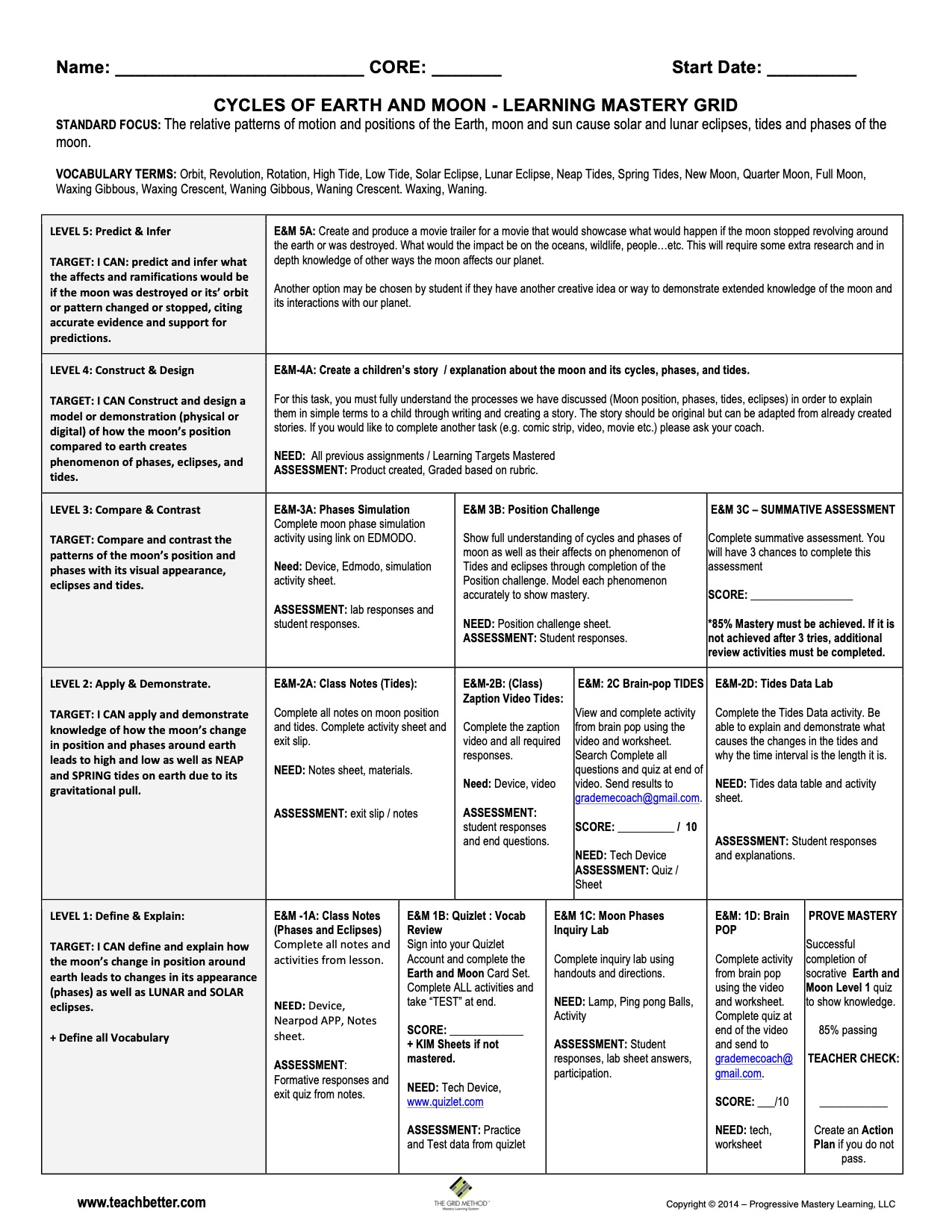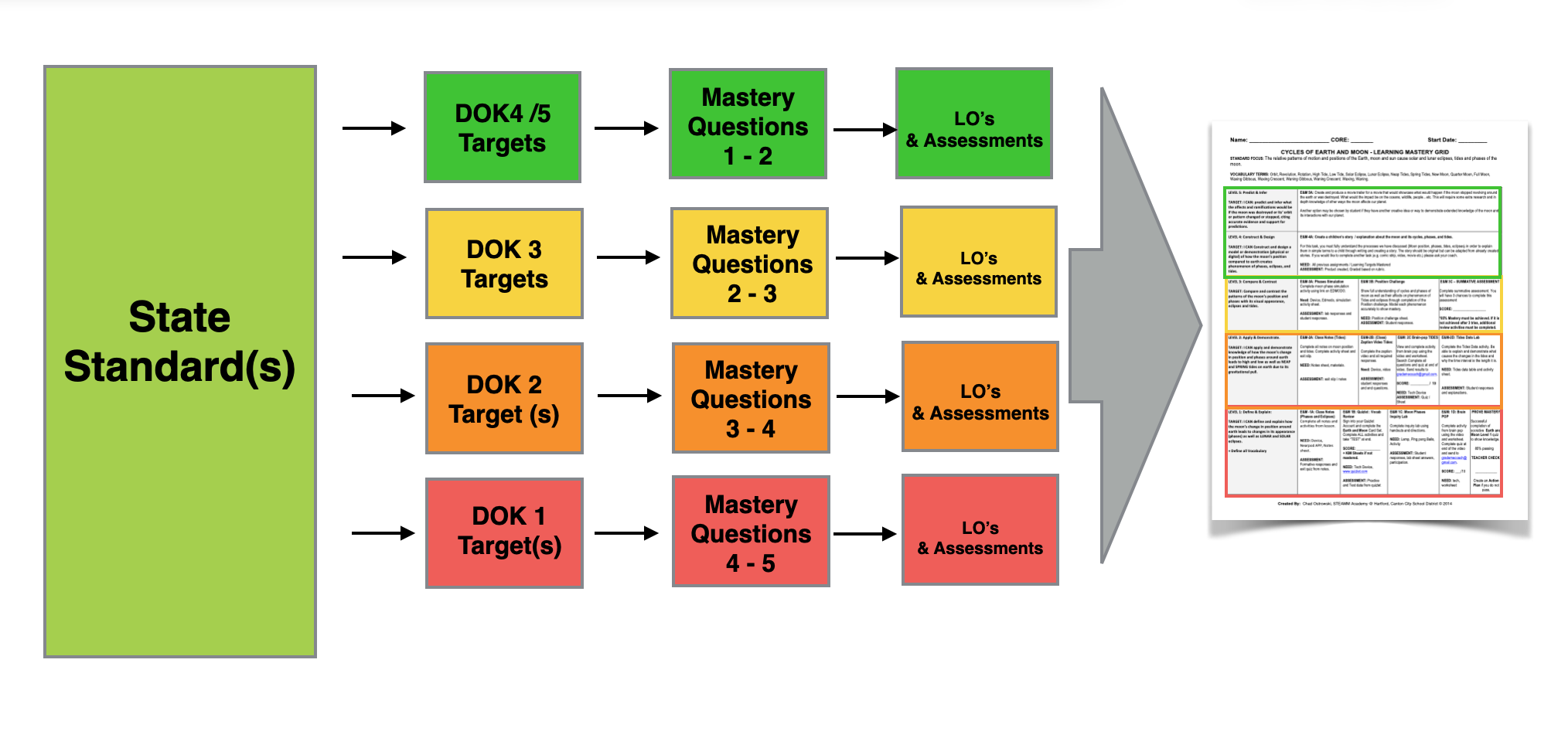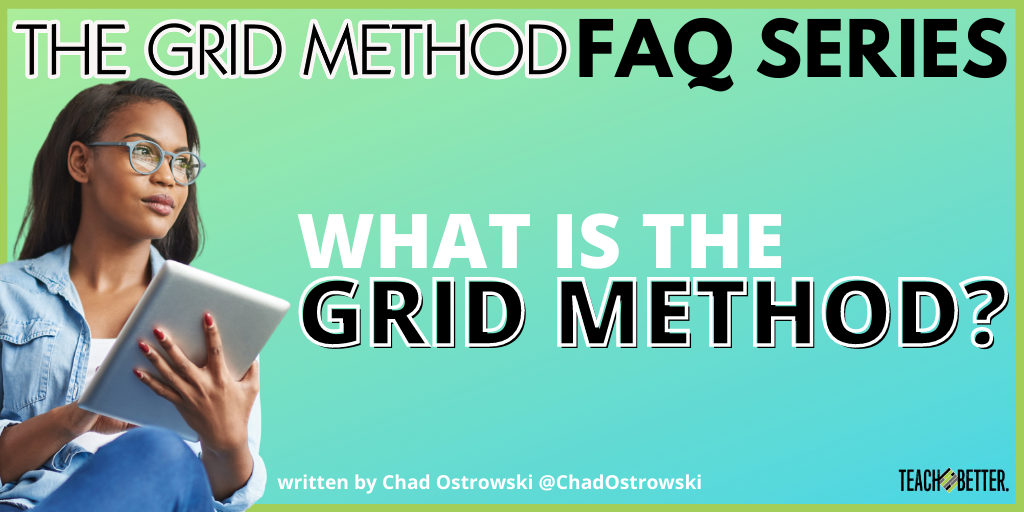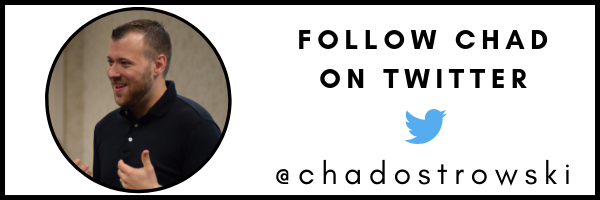TL;DR:
- The Grid Method is an instructional framework that meets the needs of all learners in every classroom.
- Grids should be aligned with standards, tiered to meet student needs, and create cohesive and engaging learning experiences.
- Teachers monitor student progress for interventions, to form small groups, for reteaching, and to provide real-time feedback.
A Simple Goal
After seeing The Grid Method improve learning outcomes across the country for teachers, schools, and districts, it feels odd writing a basic description. However, there are still many educators and schools trying to do one simple thing: reach ALL students!
This was actually the basic motivation behind developing this instructional framework: creating a way to meet the needs of all learners in every classroom. The foundational changes that created this idea even saved my teaching career.
This still, of course, begs the question…What is it?
This was actually the basic motivation behind developing this instructional framework: creating a way to meet the needs of all learners in every classroom. The foundational changes that created this idea even saved my teaching career. Click To TweetWhat is The Grid Method?
The Grid Method, at its core, is an instructional framework where the teacher develops a tiered and aligned learning pathway called a “Mastery Grid.” Learners work through the Mastery Grid at their own pace. The pathway is organized utilizing Depth of Knowledge (DOK) and has embedded assessments throughout. Students are able to complete assignments at their own pace as they show mastery.
Student progress is monitored by the teacher so that intervention and differentiated instruction can be provided. Teachers help lead and facilitate a personalized classroom where every student is getting what they need when they need it.

Making the Grid
Making the Grid is one of the foundational concepts of the framework. A Grid is essentially an instructional unit plan.
Learning paths are aligned to the standards, tiered to meet student needs, and create a cohesive learning experience that is engaging and effective for students.
When developing a Grid, it’s important to use a backward design process. This means starting with the standards and developing tiered learning targets utilizing Depth of Knowledge (DOK), and then creating essential mastery questions.
Once the teacher understands the objectives and targets of the learning, they can easily develop learning opportunities and activities. This creates a comprehensive learning pathway that learners can use.

Managing The Grid
Sadly, putting things into individual squares and letting students loose isn’t enough to ensure increased achievement. That’s why we show teachers how to create systems and routines to help manage The Grid in their classrooms.
Daily goals are set and teachers Progress Monitor students as they are formatively assessed after completion of each activity in the learning path or Grid. Students turn in and obtain new work efficiently and effectively through various systems. Small groups and interventions are provided as needed or dictated by progress.
Putting these pieces into place allows the teacher to plan, execute instruction, and utilize real-time formative assessment data to make decisions and create a student-centered environment that is truly differentiated to meet the needs of every learner.
[scroll down to keep reading]The Results
We’ve seen this instructional philosophy and framework reach students across the country and have produced amazing results!
We’ve even worked with schools and districts to see their student growth and scores increase on state tests, improving state-designated school letter grades.
If you’re interested in trying this for yourself, there is even a free course you can take which provides a great introduction and overview, as well as free examples and templates to get you started!
So the question is…Are you ready to see your students thrive?
Impact Story
The year after I had my son, I knew something had to change. I was the teacher who would be the last car in the parking lot. I’d spend all weekend grading and was never more than a few days ahead on planning. I knew that this practice was not sustainable and above all was not fair to my family.
That was when I stumbled across The Grid Method. It was everything I had ever wanted my classroom to be: students working at their own pace, self-advocating, having discussions about their learning, and never once asking, “what are we doing today?” I can’t stress enough how much my students have grown in their learning! Their transformation has been truly mesmerizing to watch. Not only that, but I have grown as an educator as well. I can honestly say that I will never go back to my old ways of teaching again. – Chelsea Nicolino, 8th Grade Science and 5th Grade Digital Literacy Teacher
About Chad Ostrowski
Chad Ostrowski is the co-founder of the Teach Better Team, and creator of The Grid Method. He is also a co-author of the Teach Better book. But Chad is a middle school science teacher at heart. He now travels the country sharing his story, working with teachers, schools, and districts to help them to reach more students. Chad is also a member of the Teach Better Speakers Network.




